How important is raw power for the McLaren 720S? So important that the new model is named after the power its engine produces. The Auto Gallery and their McLaren Beverly Hills location recently unveiled the new 720S for the Los Angeles market at a party held at the Petersen Museum to show that the new car has plenty of style to go along with its prodigious power. The Speed Journal was fortunate to join the festivities and see the new arrival first-hand.
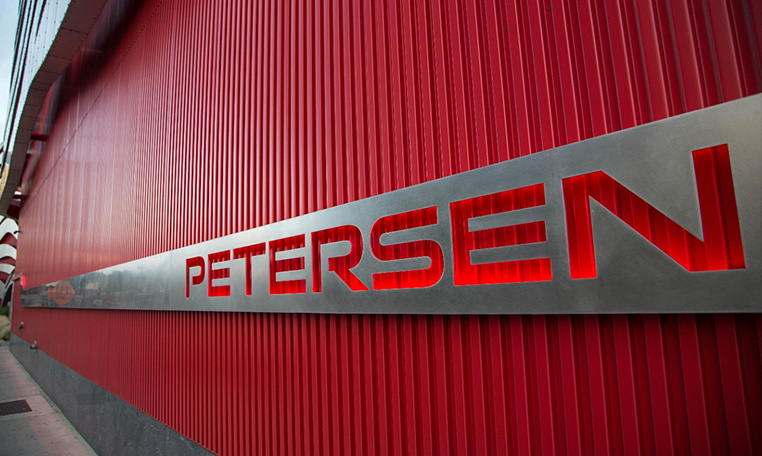
Guests roamed the parking garage looking at a variety of machines, including a strong showing by McLaren road cars of past generations. By coincidence, the Petersen Museum is currently hosting a Ferrari exhibition, but the comparison was clear. Approaching the elevator to ascend to the main party featuring the brand new 720S supercar, guests walked past a Ferrari Enzo, 288GTO, 599GTO and other examples of Maranello’s best. McLaren Beverly Hills couldn’t have planned the subtle message any better.

Cocktail parties often feature food and drink. Few parties, however, allow guests to circulate amidst a pair of black carbon fiber McLaren beauties. The Museum’s 2015 P1 is one of only 375 total produced and the only one ordered in fully exposed carbon fiber. The P1 would ordinarily be the rarest car in the room, but it was joined by a 2016 McLaren Special Operations – High Sport on loan from a private collector. One of only 25 made, the MSO-HS is based on the 675LT and seeks to emulate the P1 with styling cues, more power and liberal use of carbon fiber.
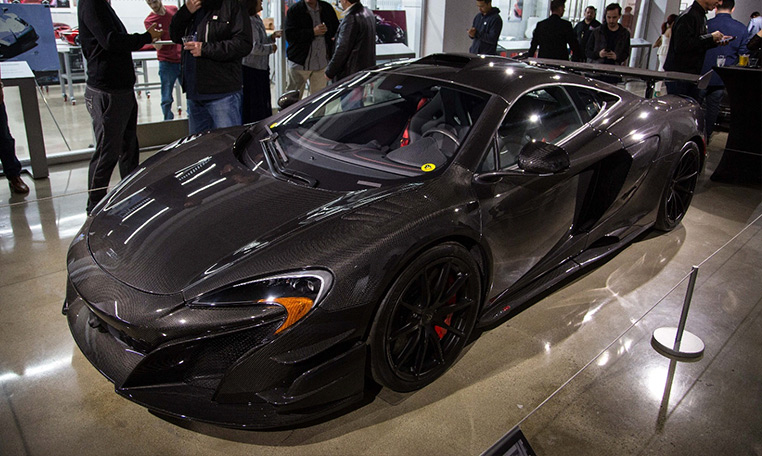
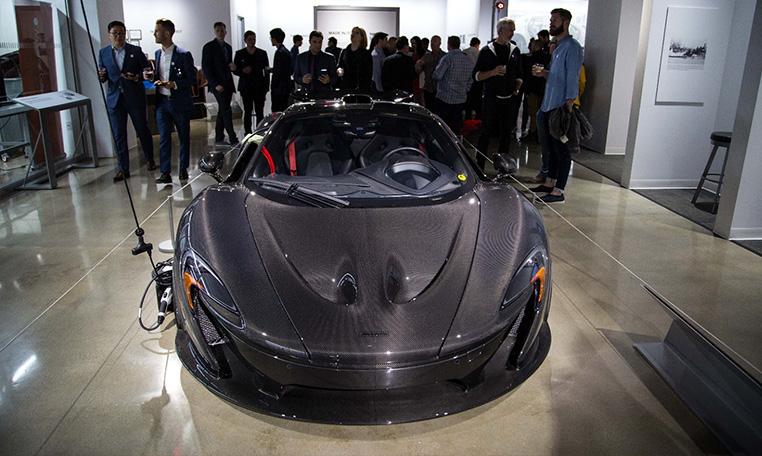
After mingling, the crowd was welcomed into a display room with the 720S guest of honor veiled beneath a sheet of gray. After welcoming words from representatives of The Auto Gallery and McLaren, the cover was whisked away and the crowd surged forward for a closer look at the Azores Orange specimen.
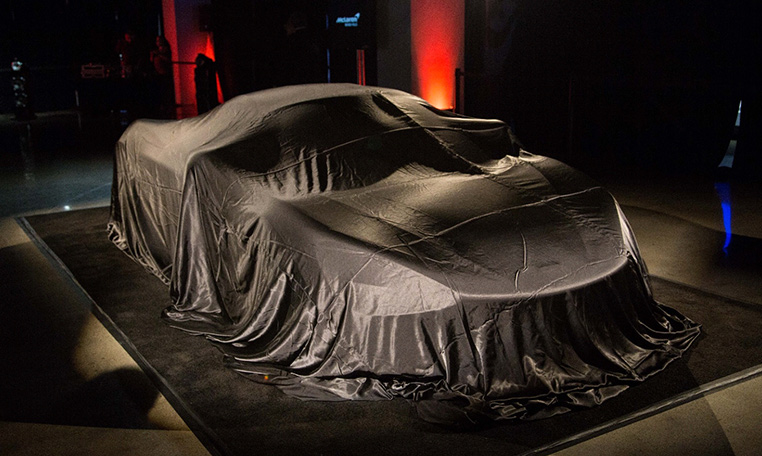
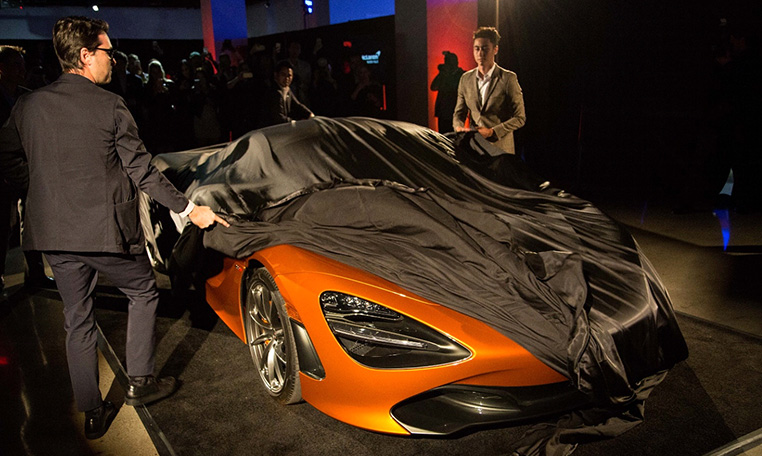
Kids of all ages climbed in and out of the car to sit in the driver and passenger seats. Judging by the numerous cameras and cell phones and the number of people who wanted their picture with the car, there are many social media accounts now featuring an orange 720S.
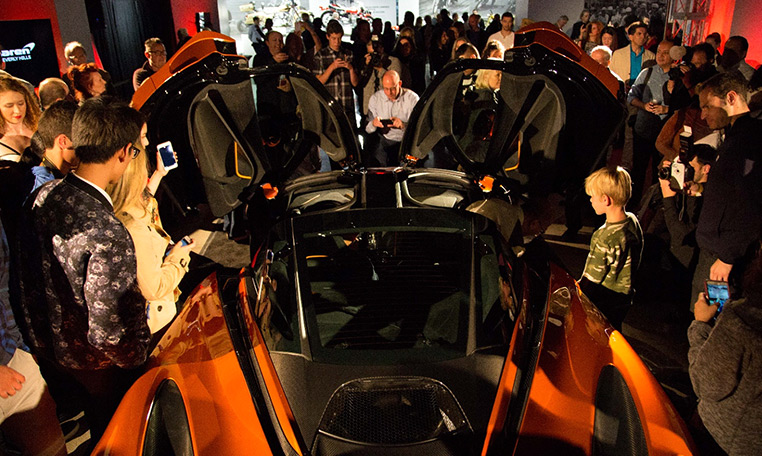
Any new McLaren is worth a closer look, but the 720S is a material step forward in styling and technology. Developed under codename P14, the 720S is the first of fifteen planned McLaren models set to be launched through 2022. The 720S is slotted as the successor for the 650S which was launched three years ago.
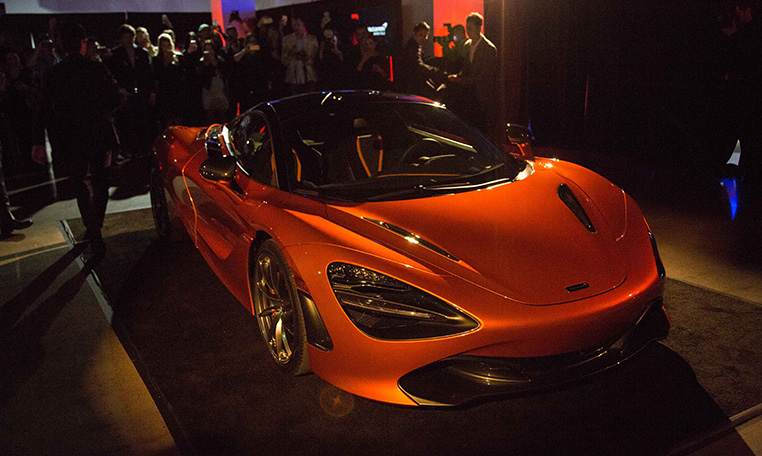
Word started to emerge of plans for P14 in early 2015 and spy shots of prototypes testing on public roads were spotted in September 2016. In retrospect, the styling of the testing mules was relatively close to the end result. The formal unveil came in March 2017 at the Geneva Auto Show and the first US deliveries are targeted for June.
The 720S has shed its P14 project code in favor of the McLaren naming tradition which ties the model designation to its power output. The 720S has 720PS which is the metric equivalent of 710 horsepower. PS comes from the German term for horsepower – pferdestärke. A 4 liter, eight-cylinder twin-turbo produces astonishing performance numbers. From a standing start, the 720S requires only 2.8 seconds to reach 60 mph and does the quarter mile in 10.5 seconds. Terminal velocity is 212 mph.
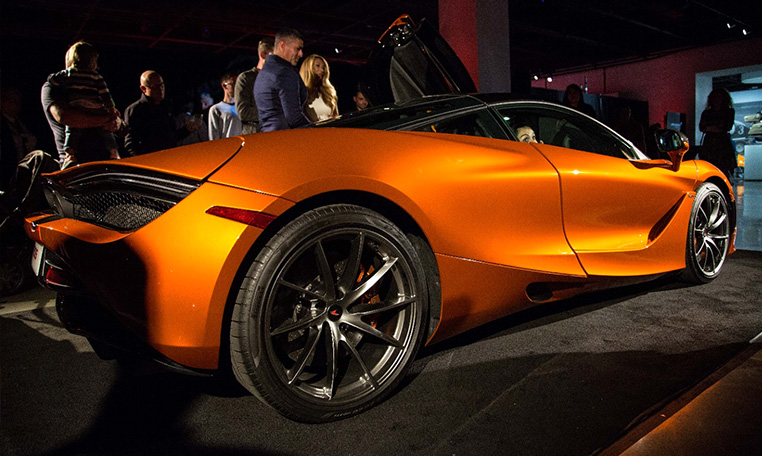
By way of comparison, the 720S accelerates more quickly than the mid-1990s McLaren F1 – the most iconic McLaren in history and a benchmark supercar. The F1 has slightly longer legs at the top end, but more owners are likely to experience the bursts of acceleration than the ultimate top end.
McLaren uses a one-piece carbon fiber monocage which is the skeleton of the car. The monocage tub incorporates knowledge and experience from McLaren’s exotic P1 road car as well as from the Formula One team. The result is a foundation for the car that is stiff and light. The suspension, brakes and giant Pirelli tires work together to provide nimble handling. A 7-speed automatic transmission manages the task of putting the power to the ground via the rear wheels.
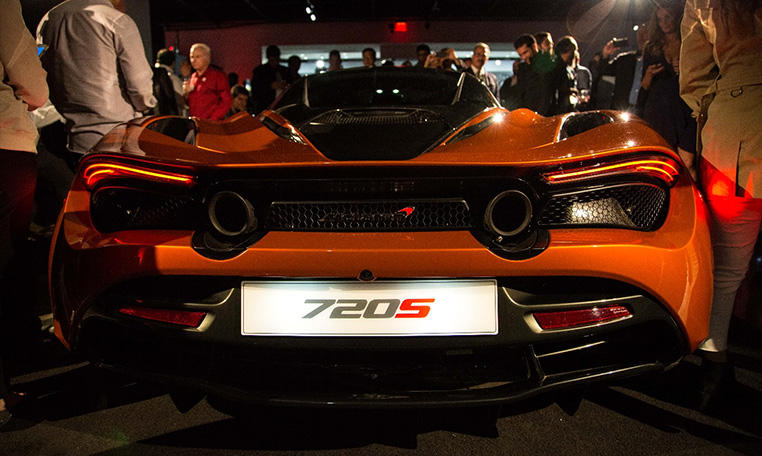
The 720S makes use of a variety of electronic aids to optimize performance. A fleet of sensors are deployed to all nooks and crannies of the car to feed real-time information to the electronic brain. Traction control, electronic stability control, anti-lock brakes, and launch control help to corral the car’s performance and keep it on the pavement. Drivers that wish to vary the interference or assistance of these aids can make use of what McLaren calls Variable Drift Control. (No, the feature doesn’t automatically transform the driver into a power sliding, drifting social media sensation.)

With all of this performance, the 720S is McLaren’s mid-range offering and labeled as its “Super Series.” The entry level – if there is such a thing as an entry level McLaren – is the “Sport Series” currently anchored by the 570 and 540 models. The highest McLaren level is currently occupied by the P1 supercar which ended its limited production run in December 2015.
The styling is unmistakably McLaren, but also unmistakably an evolution. The headlights and nose are more angular and less rounded than the 650S. The headlights themselves share space with a large triangular pocket at the front corners that includes aero scoops to funnel air through the car’s radiators. Other recent McLarens have featured a large scoop along the flanks leading to the rear wheels but that has given way to a smoother rear look and openings behind each of the front wheels for the 720S.
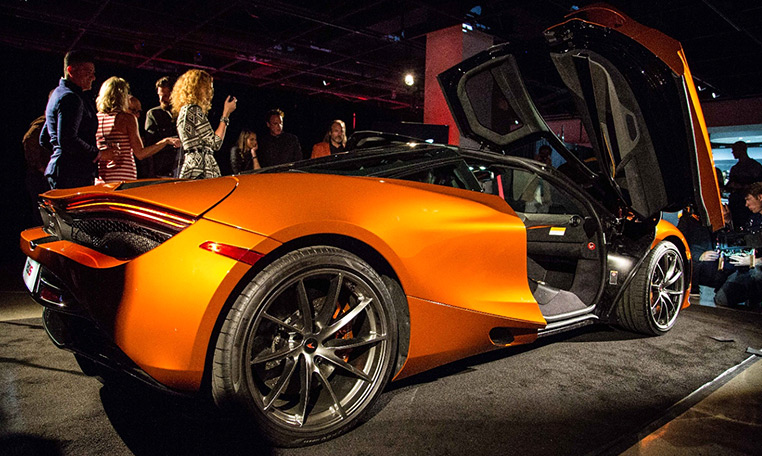
The distinctive doors pivot on double hinges upward making quite a styling statement and allowing easy access in and out of the cabin. The visibility is remarkable, partially due to the carbon fiber tub that cuts down on the need for bulky pillars around the driver. A rear spoiler stays integrated within the rear deck until needed when it deploys upward into the wind. It is not as exaggerated as the P1 rear spoiler, but the family resemblance is clear.
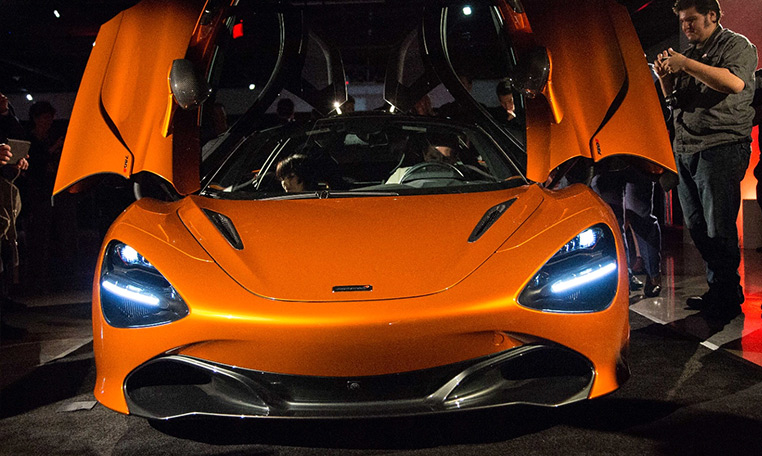
Everything about the 720S is a significant move forward from the 650S it replaces. The 720S is lighter, faster, more sophisticated, and moves the McLaren design language forcefully forward. As the P1 is not currently in production, the 720S effectively is serving as the standard-bearer for McLaren’s offering in the supercar market.
To add a new 720S to your collection will require your piggybank to surrender about $290,000. While that amount of money for a motorcar is substantial, it is difficult to escape the fact that the 720S has exotic styling and enough performance to directly compete with the best, including Porsche, Ferrari, and Lamborghini.

As the P14 is the first of fifteen planned McLaren models over the next 5 years, The Auto Gallery, McLaren Beverly Hills and the Petersen Museum could become very busy holding release parties. If the 720S represents the kind of significant step forward that McLaren intends with its future models, there will be plenty to celebrate. The Speed Journal thanks The Auto Gallery and McLaren Beverly Hills for the invitation.





